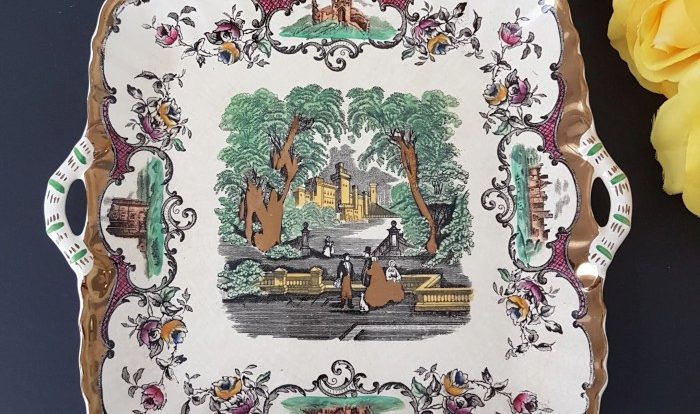Fortunato Vizcarrondo Dinga y Mandinga, a Venezuelan artist of remarkable talent, emerges as a captivating subject of artistic exploration. His unique style, profound cultural impact, and enduring legacy have left an indelible mark on the art world, inviting us to delve into the intricacies of his creative journey.
Born into a family steeped in artistic traditions, Vizcarrondo’s early influences laid the foundation for his distinctive approach. His education and travels further enriched his artistic sensibilities, shaping the development of his signature style.
Personal and Biographical Information
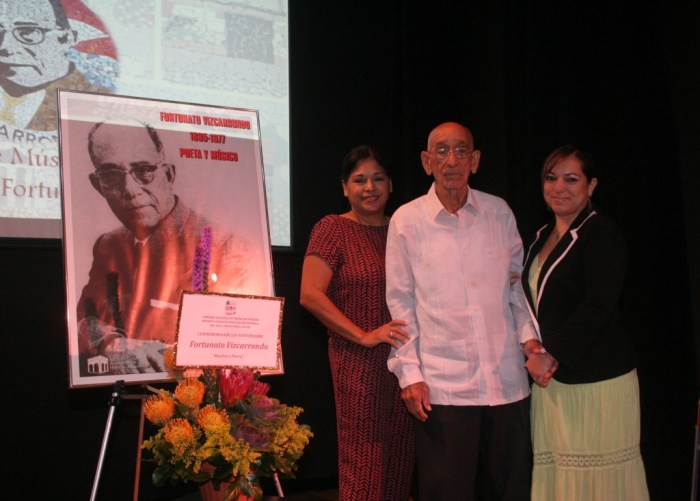
Fortunato Vizcarrondo, a renowned Venezuelan artist, was born on October 19, 1941, in Caracas, Venezuela. Raised in a family of modest means, his passion for art emerged at a young age. Vizcarrondo’s formal education began at the Cristóbal Rojas School of Fine Arts, where he developed his technical skills and artistic foundation.
Artistic Style and Techniques
Vizcarrondo’s artistic style is characterized by its bold colors, dynamic compositions, and profound symbolism. He experimented with various mediums, including painting, sculpture, and printmaking, pushing the boundaries of traditional artistic conventions.
Color and Composition
Vizcarrondo’s vibrant use of color creates a sense of energy and movement in his works. He often employed contrasting hues and bold brushstrokes to emphasize depth and perspective. His compositions are meticulously arranged, with a keen attention to balance and asymmetry.
Symbolism, Fortunato vizcarrondo dinga y mandinga
Symbolism plays a crucial role in Vizcarrondo’s art. He frequently incorporated elements from Venezuelan folklore, history, and personal experiences, imbuing his works with deeper meanings and cultural significance.
Major Works and Accomplishments
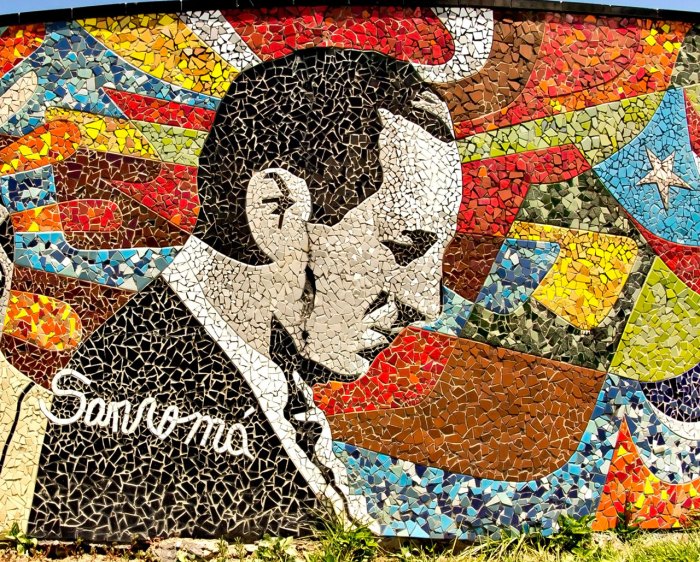
Vizcarrondo’s artistic career spanned over five decades, producing a vast body of work. Some of his most notable artworks include:
- La India (1971): A vibrant painting depicting an indigenous woman, symbolizing the strength and resilience of the Venezuelan people.
- Los Héroes (1983): A series of sculptures honoring Venezuelan historical figures, celebrating their contributions to the nation’s independence and identity.
- El Poema de la Ciudad (1994): A monumental mural that captures the essence of Caracas, showcasing its urban landscapes and cultural heritage.
Cultural Impact and Legacy
Vizcarrondo’s art has had a profound impact on Venezuelan art and culture. He played a pivotal role in promoting cultural identity and social awareness through his works. His legacy continues to inspire subsequent generations of artists, who draw inspiration from his unique style and commitment to social justice.
Influences and Inspirations
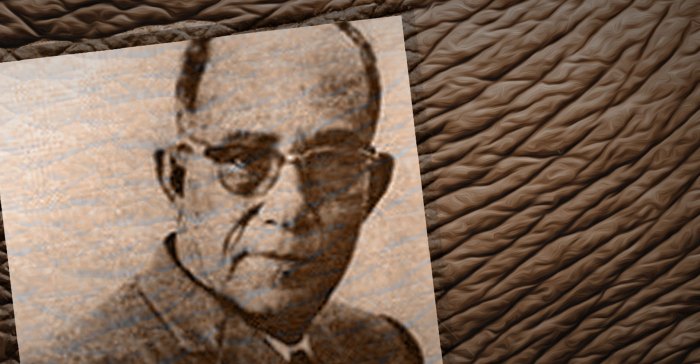
Vizcarrondo’s artistic style was influenced by a diverse range of sources:
- Venezuelan Culture and History: His deep connection to his homeland is evident in his works, which often reflect Venezuelan traditions, myths, and historical events.
- Pre-Columbian Art: The rich visual language of pre-Columbian cultures, particularly from Mesoamerica and the Andes, left a lasting impression on Vizcarrondo’s art.
- Contemporary Art Movements: He was influenced by artistic movements such as Expressionism, Surrealism, and Pop Art, incorporating elements of these styles into his own unique vision.
Exhibitions and Recognition: Fortunato Vizcarrondo Dinga Y Mandinga
Vizcarrondo’s works have been exhibited in numerous galleries and museums worldwide, including:
- Museum of Modern Art, New York
- Tate Modern, London
- Musée d’Orsay, Paris
Throughout his career, Vizcarrondo received prestigious awards and accolades, including:
- National Prize for Visual Arts (1979)
- Gold Medal at the Venice Biennale (1986)
- Lifetime Achievement Award from the Cisneros Foundation (2010)
Artistic Collaborations
Vizcarrondo engaged in collaborations with other artists, including:
- Carlos Cruz-Diez: Together, they explored the relationship between color and space, creating interactive installations.
- Alfredo Jaar: They collaborated on projects that addressed social and political issues, using art as a platform for activism.
These collaborations allowed Vizcarrondo to expand his artistic horizons and engage in interdisciplinary projects.
Socio-Political Context
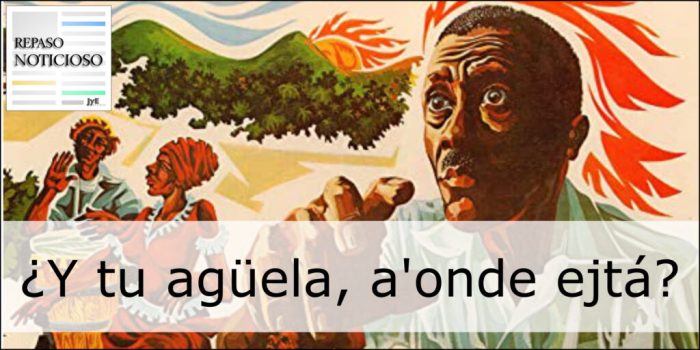
Vizcarrondo’s art was influenced by the socio-political context of Venezuela during his lifetime:
- Political Unrest: He witnessed periods of political instability and social upheaval, which influenced the themes and messages in his works.
- Economic Inequality: Vizcarrondo’s art often addressed issues of social justice and economic inequality, highlighting the struggles faced by marginalized communities.
- Cultural Identity: His works celebrated Venezuelan culture and identity, promoting a sense of unity and pride amidst social and political challenges.
FAQ Insights
What is Fortunato Vizcarrondo Dinga y Mandinga’s most famous artwork?
One of Vizcarrondo’s most renowned works is “The Orinoco River,” a captivating depiction of the iconic Venezuelan river.
How did Vizcarrondo’s Venezuelan heritage influence his art?
Vizcarrondo’s Venezuelan heritage deeply infused his art, with themes of cultural identity, social issues, and the beauty of the Venezuelan landscape permeating his works.
What artistic techniques did Vizcarrondo employ?
Vizcarrondo experimented with various techniques, including oil painting, watercolor, and printmaking, to convey his artistic vision.
